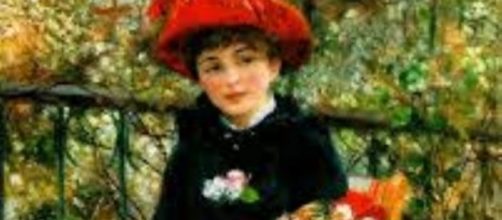He's done it! Donald Trump has notched a major achievement. New polling shows he has almost half the country convinced that whatever he touts or tweets is true and whoever disagrees is lying. Americans have gone from relying on newspaper and newscasts for information to sycophants who swear by Trump. He’s unstoppable now. Exulting in his triumph over truth he tweeted on Sunday (Oct. 22), "It is finally sinking through. 46% of people believe major national news orgs fabricate stories about me.”
Truth or consequences
So hereon, it won’t matter if there are voice recordings, videotapes, emails, or tweets that prove Trump is a used car salesman who sells clinkers.
He’s got the country questioning everyone but him, which makes him safe from obstruction of justice charges or emoluments violations or whatever else investigations can prove. By constantly calling reporters dishonest, he’s made it stick and can now say and do anything he wants. The emperor wears no clothes and everyone pretends he’s not exposed.
Alternative facts
It’s not surprising, then, that Trump would make the empty claim that he owns an original Renoir called “Two Sisters” and that the one in the Chicago Institute collection is a copy. Trump biographer Tim O’Brien told England’s daily, The Telegraph, about the president’s disregard for the truth, “He’ll tell the same stories time and time again, regardless of whether or not facts are right in front of his face.”
The Don and the Donald
The president’s claim that his Renoir is the real deal conjures up Marlon Brando parodying his role as Don Corleone in the 1990 satire “The Freshman,” saying that the painting hanging over his living room mantel is Da Vinci’s original “Mona Lisa.” Trump is Brando spoofing “The Godfather” with a straight face.
Of course, the best way to prove authenticity is provenance, the history of ownership traceable to Renoir. The Art Institute can show that the painting was a gift to the museum in 1933. Spokesperson Amanda Hicks told the Chicago Tribune that the donor, American collector Annie Swan Coburn, purchased the painting for $100,000 from the noted French art dealer and a great friend to the Impressionists Paul Durand-Ruel who bought the painting straight from Renoir in 1881. Art history agrees.
French connection
The connection between the American collector and the French art dealer is alluded to in Nancy Durrant’s story in The Times, UK, entitled “Paul Durand-Ruel, the man who saved the Impressionists.” The painting style wasn’t popular in France at first and the art dealer who bought up a lot of it was stuck until American collectors took it off his hands.
As Durand-Ruel has said, “Without America, I would have been lost, ruined, after having bought so many Monets and Renoirs.” That’s the Chicago Institute’s story. What’s Trumps? Wait, he doesn’t need one. Given the polling, what he says goes.


